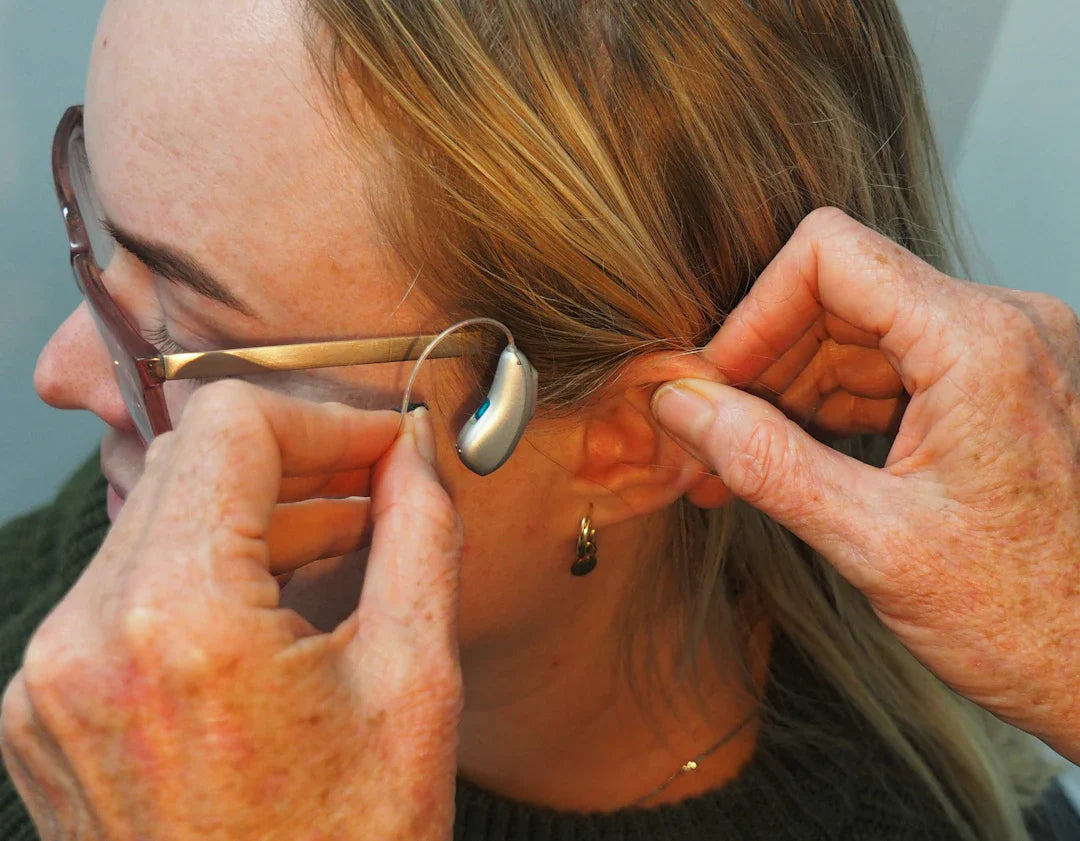In today's world, hearing loss is a prevalent issue affecting millions of people globally. Despite its common occurrence, many misconceptions surround hearing aids and their use. Let's delve into some of the most common misconceptions about hearing aids and separate fact from fiction.
Myth 1: Hearing Aids Are Only for the Elderly
One of the most widespread misconceptions about hearing aids is that they are solely for the elderly. In reality, hearing loss can affect individuals of all ages, including children and young adults. Hearing aids are modern devices that can benefit anyone with hearing impairment, regardless of age.
Myth 2: Hearing Aids Make You Look Old
Another misconception is that wearing hearing aids can make you appear older. However, with advancements in technology, hearing aids are now discreet and come in various styles to suit different preferences. From invisible-in-canal to sleek behind-the-ear models, there is a hearing aid for everyone.
Myth 3: Hearing Aids Are Uncomfortable to Wear
Some believe that hearing aids are uncomfortable to wear, but the reality is quite the opposite. Modern hearing aids are lightweight, ergonomic, and customised to fit comfortably in your ear. With proper fitting and ongoing support from hearing care professionals, wearing hearing aids can be a comfortable experience.
Myth 4: Hearing Aids Completely Restore Hearing
While hearing aids are incredibly beneficial in improving hearing ability, they do not fully restore hearing to its normal state. Hearing aids amplify sounds to make them audible, but they cannot replicate the exact functionality of natural hearing. However, they can significantly enhance the quality of life for individuals with hearing loss.
Myth 5: Hearing Aids Are Only for Severe Hearing Loss
Contrary to popular belief, hearing aids are not exclusively for those with severe hearing loss. They come in a range of types and styles, catering to different levels of hearing impairment. Whether you have mild, moderate, or profound hearing loss, there is a suitable hearing aid option for you.
Myth 6: Hearing Aids Are Obtrusive and Obvious
Another misconception is that hearing aids are bulky and conspicuous. However, modern hearing aids are discreet and designed to be minimally visible when worn. Some models are so small that they fit entirely inside the ear canal, making them virtually invisible to others.
Myth 7: Hearing Aids Are Ineffective
There is a misconception that hearing aids are ineffective and do not provide significant benefits. In reality, hearing aids are sophisticated devices that can improve communication, enhance social interactions, and boost overall well-being for individuals with hearing loss. They can make a profound difference in daily life.
Myth 8: Hearing Aids Are Cost-Prohibitive
While some may believe that hearing aids are expensive and out of reach for many, there are various affordable options available. Additionally, many healthcare plans and insurance providers offer coverage for hearing aids, making them more accessible to those in need. Investing in your hearing health is invaluable.
Myth 9: You Can Buy Hearing Aids Without Professional Guidance
One dangerous misconception is that you can purchase hearing aids without consulting a hearing care professional. Proper assessment, fitting, and ongoing support from audiologists are crucial for successful hearing aid use. Hearing aids should be tailored to your specific hearing needs for optimal results.
Myth 10: You Only Need One Hearing Aid
Another common misconception is that if you have hearing loss in one ear, you only need one hearing aid. However, wearing two hearing aids is often beneficial for improving sound localization, speech clarity, and overall balance in hearing. Binaural hearing aids can enhance your hearing experience.
Myth 11: Hearing Aids Are Complicated to Use
Some individuals believe that hearing aids are complex and challenging to use. In reality, modern hearing aids are user-friendly, with many featuring automatic adjustments and intuitive controls. Hearing care professionals provide guidance on how to use and maintain your hearing aids effectively.
Myth 12: Hearing Aids Are Not Worth the Investment
Lastly, there is a misconception that investing in hearing aids is not worth it. However, the benefits of hearing aids extend far beyond improved hearing. They can enhance relationships, increase confidence, and prevent cognitive decline associated with untreated hearing loss. The investment in hearing aids is an investment in your overall well-being.
Debunking Misconceptions and Embracing Better Hearing
It is essential to debunk these common misconceptions about hearing aids and educate individuals on the benefits of seeking help for hearing loss. From earwax removal to exploring advanced hearing aid options like Phonak, Widex, Signia, and GN Resound, there are solutions available to improve your hearing health and quality of life. Remember, hearing aids are not just devices; they are tools that can help you reconnect with the world around you.




